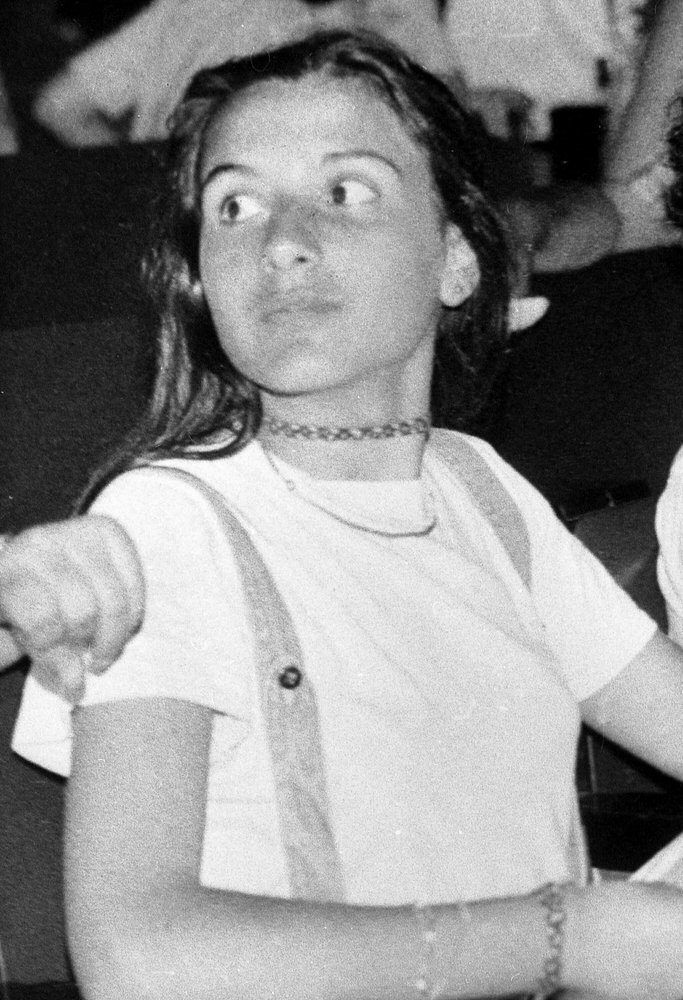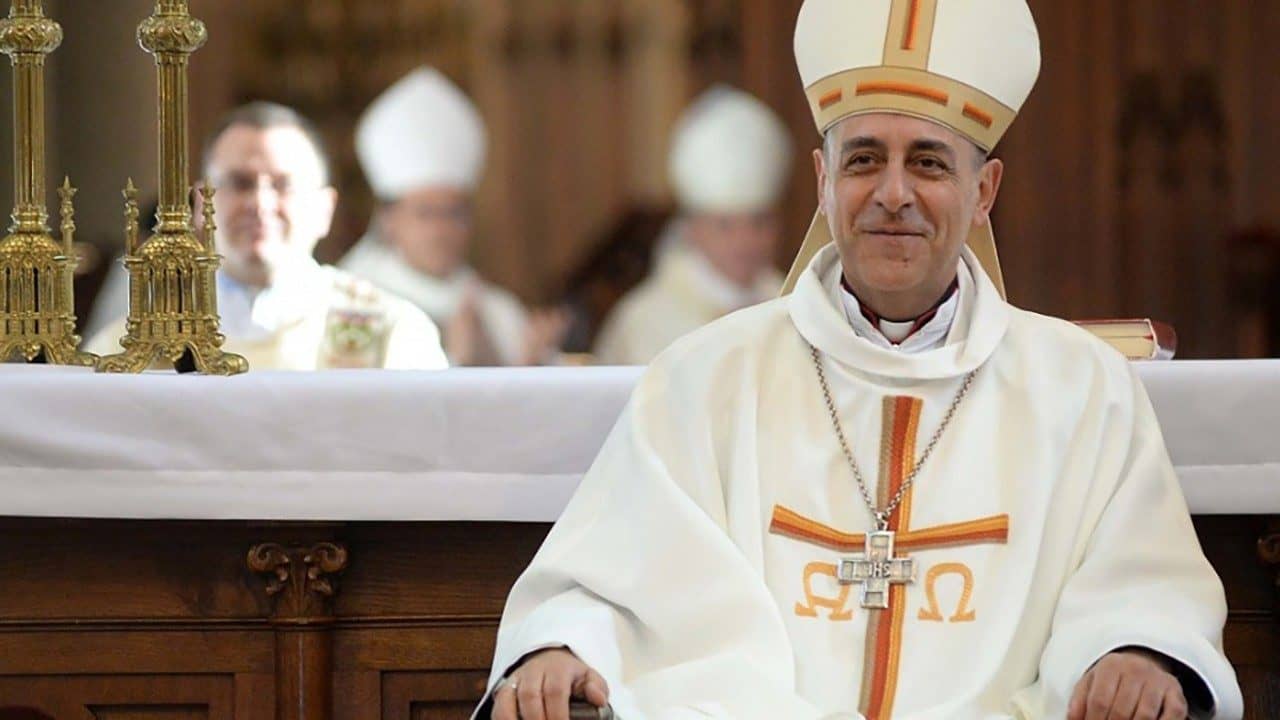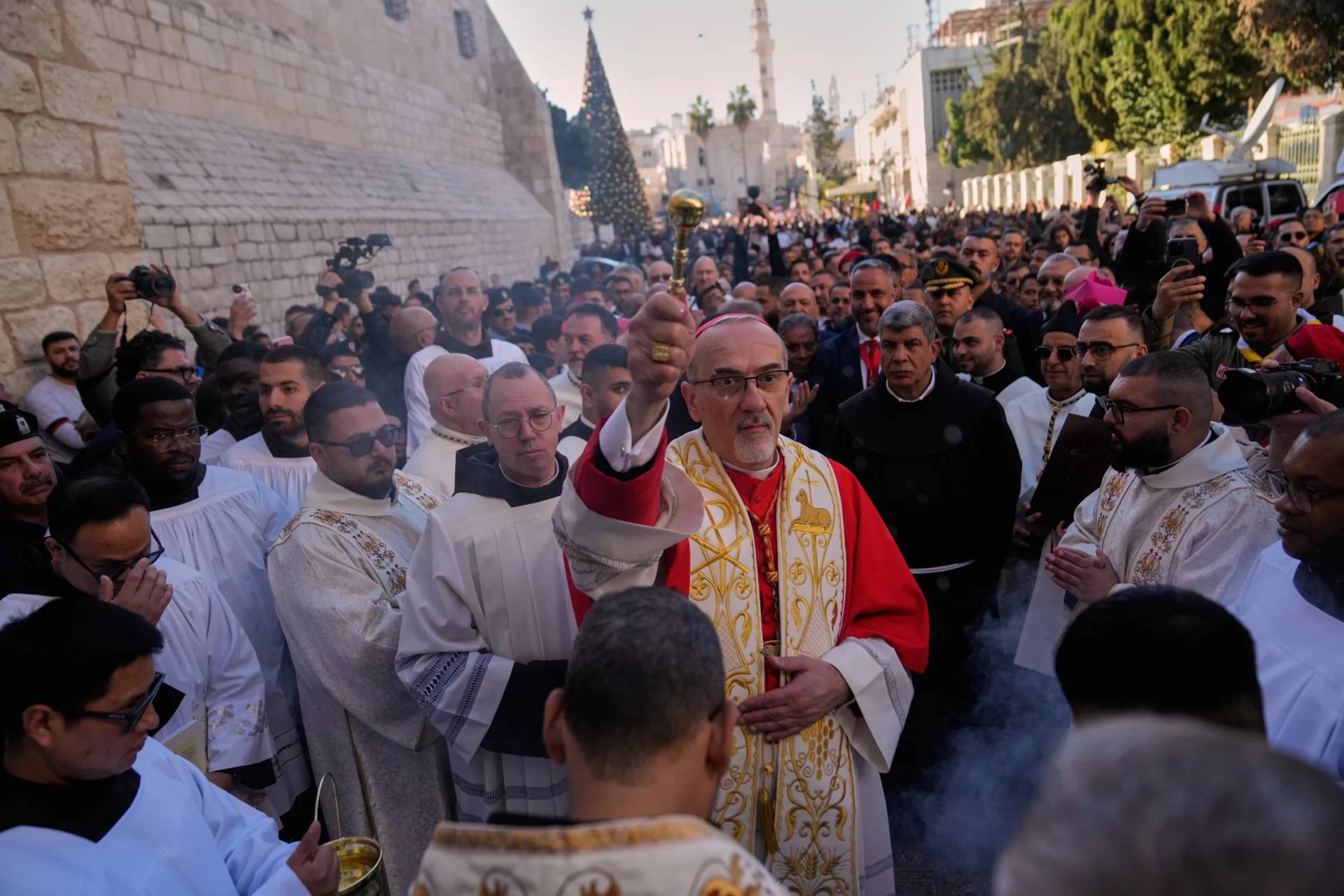ROME – Pietro Orlandi, the older brother of Emanuela Orlandi, whose still-unexplained disappearance at the age of 15 in 1983 has become the country’s most infamous unsolved mystery, is a bit like the John Walsh of Italy.
Like the host of “America’s Most Wanted,” Orlandi suffered tragedy and went on to become not only an advocate for others in his situation but a popular TV host. His weekly program Scomparsi (“The Disappeared”) on Italy’s Sky TV system documents some of the roughly 60,000 such cases in Italy, with 10,000 involving native Italians and the rest immigrants.
Where the analogy to Walsh breaks down, however, is whom each blames for his personal loss.
For Walsh, his frustrations largely were directed at a legal system he believed prioritized the rights of perpetrators over victims, and a police approach which he felt didn’t give sufficient attention to missing persons cases.
For Orlandi, his resentments are directed above all at one institution: The Vatican.

The Orlandi family were Vatican citizens at the time of Emanuela’s disappearance, since her father Ercole worked as a clerk in the Prefecture of the Papal Household, and over the years all manner of theories have to be floated suggesting a Vatican role in the mystery. Some speculated she’d been kidnapped by the Italian mob to pressure the Vatican bank, others that she might have fallen victim to a clerical sex ring, still others that she’d been taken by Turkish nationalists to strongarm St. John Paul II into releasing his would-be assassin, Mehmet Ali Agca.
Vatican officials insist they’ve revealed everything, that there’s no secret archive or other evidence in their possession, and that they’ll cooperate with reasonable efforts to bring closure. That’s never satisfied Orlandi, who was at it again Monday night, dedicating another episode of his show to his sister’s case.
Last summer, acting on a request from the Orlandi family that said it had received an anonymous tip, Vatican authorities opened a couple of tombs in the Teutonic Cemetery on its grounds. Although the remains of two princesses supposed to be there were nowhere to be found, investigators did discover two ossuaries containing 26 bags with what they called “thousands” of bones, likely belonging to “dozens” of people.
Officials said initial testing concluded the bones are more than a century old, thus not those of Orlandi. It’s an explanation that doesn’t sit well with the family’s lawyer.
“We’re talking about purely visual examinations which, according to the best consultants on the subject, aren’t sufficient to date bones with precision,” said Laura Sgro. “I ask myself how it’s possible to say we’re dealing with centuries-old bones if they weren’t examined.”
In January, Pietro Orlandi staged a sit-in near St. Peter’s Square, bitterly complaining about what he described as Vatican “silence.”
“I can’t understand this attitude,” he said. “I appeal again to Pope Francis to give us the answers we’ve never had. We’ve presented request after request but they’re probably sitting on somebody’s desk gathering dust. It’s incomprehensible, but we can’t just accept this injustice.”
Beyond the specifics of the Orlandi giallo (the popular Italian term for a mystery), what the situation perhaps best illustrates is this: When it comes to reform efforts of any sort, the Vatican doesn’t just face challenges in the here-and-now, however formidable those may be.
It also faces a historical trust deficit, which isn’t built on thin air but grounded in genuine episodes of cover-up and scandal, which have been part of the Vatican’s history almost as much as Bernini’s colonnade and the Swiss Guard.
Pope Francis repeatedly has committed himself and his administration to a new dawn of transparency, but someone such as Pietro Orlandi is unlikely ever to take him at face value. Shortly after Francis’s election, for example, Pietro and his mother approached the new pope outside the Vatican’s parish church of Sant’Anna. Probably just trying to offer a small bit of consolation, Francis told them that Emanuela “by now is in heaven.”
Pietro, however, took the remark as proof the pope knows his sister is dead, and has demanded ever since that he come clean as to what else he’s hiding.
Honestly, the idea that a foreign prelate who’d been pope less than five days at that point would have secret intelligence related to Orlandi probably strains credibility – but if you have a history of feeling deceived, then you’re likely to see deception in pretty much everything.
The same point, pari passu, applies to any other category of Vatican reform.
Sometime soon, Pope Francis is expected to issue new legislation on Vatican procurement, with the aim of centralizing issuance of contracts and also ensuring a competitive bidding process to eliminate waste and preferential treatment. When the text appears, analysts will comb through it for loopholes and compliance with international best practices and then issue their judgments.
No matter the merits, however, people steeped in the Vatican’s checkered financial history may not be convinced that it’s for real – or even if it is, that it’ll work.
Similarly, whenever the Vatican finally releases its long-promised report on the case of Theodore McCarrick, many abuse survivors may find it impossible to believe they’re actually telling us everything they know, no matter how exhaustive or searing it may be.
The moral of the story, perhaps, is this: Just as the Vatican’s trust deficit took a long time to accumulate, so too building a trust surplus will be the work of generations. In the meantime, the case for reform undoubtedly has several pillars – but expecting applause and gratitude, especially from the likes of Pietro Orlandi, probably shouldn’t be one of them.
Follow John Allen on Twitter at @JohnLAllenJr.

















